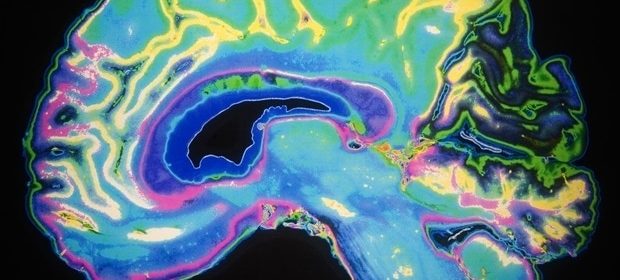Researchers create detailed molecular atlas of fetal development of the brain

Researchers at Karolinska Institutet in Sweden have developed a detailed molecular atlas of the fetal development of the brain. The study published in the top journal Nature is based on so-called single-cell technology and has been done on mice. In this way, researchers have identified almost 800 different cells that are active during fetal development – many times more than previously known.
Brain development is well described and the main cell types are known. What is new about our atlas is the high resolution and detail."
Sten Linnarsson, head of research and professor, Department of Medical Biochemistry and Biophysics, Karolinska Institutet
In their work, the researchers followed the brain development of the mice from day seven, when the brain is just forming, to the end of pregnancy on day 18.
Using single-cell technology, they were able to identify the detailed composition of the brain during fetal development: what cell types exist, how many cells of each type, and how this changes at the various stages of development.
The researchers also studied the activity of genes in each individual cell and classified cells based on these activity patterns.
The result is a molecular atlas that accurately shows how all cells in the brain develop from the early embryo. For example, it can be seen how early neural stem cells first increase and then decrease in number, to be replaced by transitional forms in several waves that eventually mature into ready-made neurons.
The researchers also show how early stem cell lines branch and give rise to several different types of mature cells, much like a family tree.
The current study was led by doctoral student Gioele La Manno – now a researcher in Lausanne, Switzerland – and Kimberly Siletti a postdoctoral researcher in Linnarsson's group. The study includes the international Human Cell Atlas (humancellatlas.org) initiative, which aims to identify all cells in the human body.
The next step in the researchers' work is therefore to create atlases of the human brain, both in adults and during fetal development.
"Atlases like this are of great importance for research into the brain, both to understand brain function and its diseases. Cells are the body's basic building blocks and the body's diseases are always expressed in specific cells. Genes that cause serious diseases are found in all of the body's cells, but they cause disease only in specific cells in the brain," says Sten Linnarsson.
Karolinska Institutet
La Manno, G., et al. (2021) Molecular architecture of the developing mouse brain. Nature. doi.org/10.1038/s41586-021-03775-x.
Posted in: Molecular & Structural Biology | Cell Biology
Tags: Biochemistry, Brain, Cell, Embryo, Genes, Neural Stem Cells, Neurons, Pregnancy, Research, Stem Cells
Source: Read Full Article